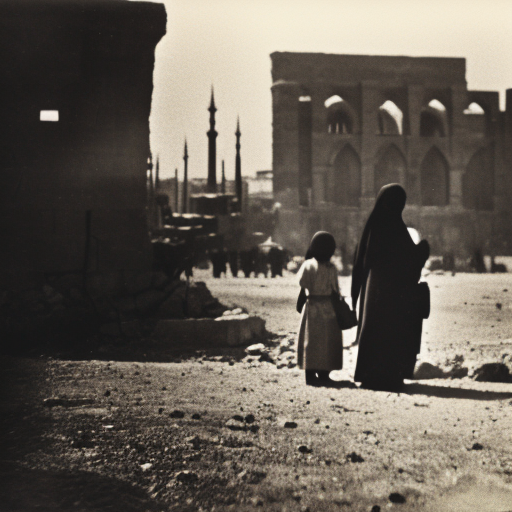Syrian Civil War: A Comprehensive Summary
The Syrian Civil War, which began in 2011, is a complex conflict that has had a profound impact on Syria and the wider region. It has resulted in the displacement of millions of people, widespread destruction, and a humanitarian crisis of immense proportions.
Background:
The roots of the Syrian Civil War can be traced back to the Arab Spring, a series of uprisings that swept across the Middle East and North Africa in 2011. Inspired by the successful revolutions in Tunisia and Egypt, Syrians took to the streets to demand political reforms and an end to the authoritarian rule of President Bashar al-Assad.
Protests and Government Crackdown:
The initial protests were met with a heavy-handed response from the Syrian government, which used violence to suppress dissent. As the protests grew in size and intensity, the government’s crackdown became even more brutal, leading to widespread anger and further escalation of the conflict.
Armed Opposition and the Rise of Extremist Groups:
As the conflict intensified, opposition groups began to take up arms against the government. These groups were initially composed of defected soldiers and civilians who had taken up arms to protect their communities. However, over time, extremist groups such as ISIS and Jabhat al-Nusra gained prominence and became major players in the conflict.
International Involvement:
The Syrian Civil War quickly became a proxy war, with various regional and international powers supporting different factions. Russia and Iran provided military and financial support to the Syrian government, while countries like Saudi Arabia, Turkey, and the United States supported different opposition groups. This further complicated the conflict and prolonged its duration.
Humanitarian Crisis:
The Syrian Civil War has had a devastating impact on the civilian population. Millions of Syrians have been displaced, both internally and as refugees in neighboring countries. The destruction of infrastructure, including hospitals and schools, has further exacerbated the suffering of the Syrian people. The humanitarian crisis has been compounded by the use of chemical weapons and indiscriminate attacks on civilian areas.
Attempts at Peace:
Numerous attempts have been made to find a peaceful resolution to the conflict. The United Nations has facilitated several rounds of peace talks, known as the Geneva process, but these have so far failed to bring about a lasting solution. Ceasefires have been brokered at various points, but they have been short-lived and have not led to a sustainable peace.
Current Situation:
As of now, the Syrian government, with the support of Russia and Iran, has regained control over much of the country. However, pockets of opposition-held territory remain, and the conflict is far from over. The presence of extremist groups, the ongoing displacement of civilians, and the deep divisions within Syrian society continue to pose significant challenges to achieving a lasting peace.
Conclusion:
The Syrian Civil War is a complex and multifaceted conflict that has had a devastating impact on Syria and its people. It has caused immense suffering, displacement, and destruction. The involvement of regional and international powers has further complicated the conflict, making it difficult to find a resolution. The road to peace in Syria remains long and uncertain, with the consequences of the war likely to be felt for years to come.












